Plate Processing Company
Comparing Oxy-Fuel, Plasma, and Laser Cutting Technologies
Comparing Oxy-Fuel, Plasma, and Laser Cutting Technologies
Metal cutting technology has advanced greatly, offering businesses more choices than ever before. In Houston, the most widely used methods are oxy-fuel cutting, plasma cutting, and laser cutting. Each technology has unique strengths and limitations, making it important to understand which method fits your project requirements.
Below, we compare these three cutting processes to help you make an informed decision.

Oxy-Fuel Cutting
Oxi fuel cutting is one of the oldest and most established methods in metal fabrication. It uses a fuel gas and pure oxygen to produce a flame that can cut through very thick steel.
Strengths
- Ability to cut thick steel: Oxi fuel cutting can handle plates several inches thick, making it ideal for heavy construction, shipbuilding, and industrial projects.
- Low cost: The equipment and fuel are inexpensive, which makes it accessible for businesses of all sizes.
- Portability: Operators can use portable torches in the field, making it valuable for repair work and on-site construction.
Limitations
- Limited to certain metals: It works best on carbon steel and is not effective on stainless steel or aluminum.
- Lower precision: Cuts are rougher compared to plasma and laser cutting.
- Slower speed: It cannot match the efficiency of plasma or laser on thinner materials.
Example: Many Houston contractors use oxi fuel cutting for structural steel beams because it combines low cost with the ability to handle extreme thicknesses.
Plasma Cutting
Plasma cutting uses an electrically charged gas stream to melt and cut through metals. It is widely used in fabrication shops because of its versatility and speed.
Strengths
- Wide material range: It cuts carbon steel, stainless steel, and aluminum effectively.
- Faster than oxy-fuel: Especially efficient on medium-thickness materials.
- Better accuracy: Produces cleaner edges with less need for finishing.
Limitations
- Thickness limitations: While effective, plasma cutting does not match oxy-fuel for extremely thick plates.
- Higher operating cost: Equipment and power use can increase expenses compared to oxy-fuel.
Example: Houston manufacturing shops often rely on plasma cutting to produce machine parts quickly, balancing precision and speed.
Laser Cutting
Laser cutting uses a focused beam of light to melt and cut materials with high precision. It is the most advanced of the three methods and excels in detailed applications.
Strengths
- High precision: Produces extremely clean and accurate cuts.
- Speed on thin metals: Works faster than plasma and oxy-fuel for thin plates.
- Complex shapes: Can cut intricate patterns without secondary processing.
Limitations
- High cost: The equipment is expensive, and operating costs are higher.
- Limited thickness capacity: Not practical for very thick plates compared to oxy-fuel.
- Availability: Fewer shops in Houston offer laser cutting compared to oxy-fuel or plasma.
Example: Aerospace and automotive industries in Houston often use laser cutting to produce precise components that require tight tolerances.
Choosing the Right Method
The best cutting method depends on your material, thickness, budget, and precision requirements.
- Oxi fuel cutting is the right choice for thick carbon steel and heavy-duty projects.
- Plasma cutting works best for medium-thickness metals that require accuracy and speed.
- Laser cutting is ideal for thin metals and parts that demand precision.
At Apache Steel Works, we provide cutting solutions tailored to your needs. Whether you require oxy-fuel for thick plates, plasma for versatile applications, or advanced cutting support, our team delivers quality and timely service. With a focus on safety and reliability, we help Houston businesses complete their projects with confidence.


